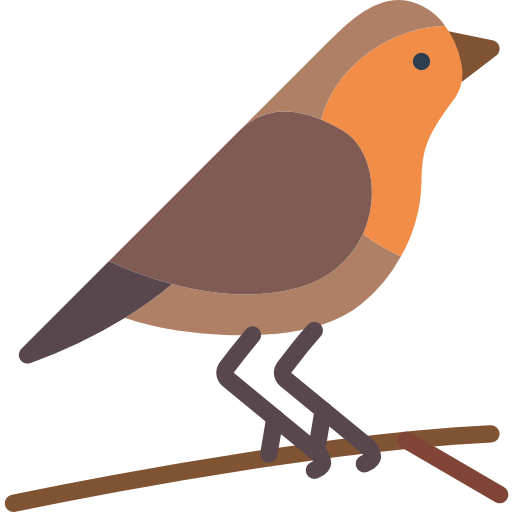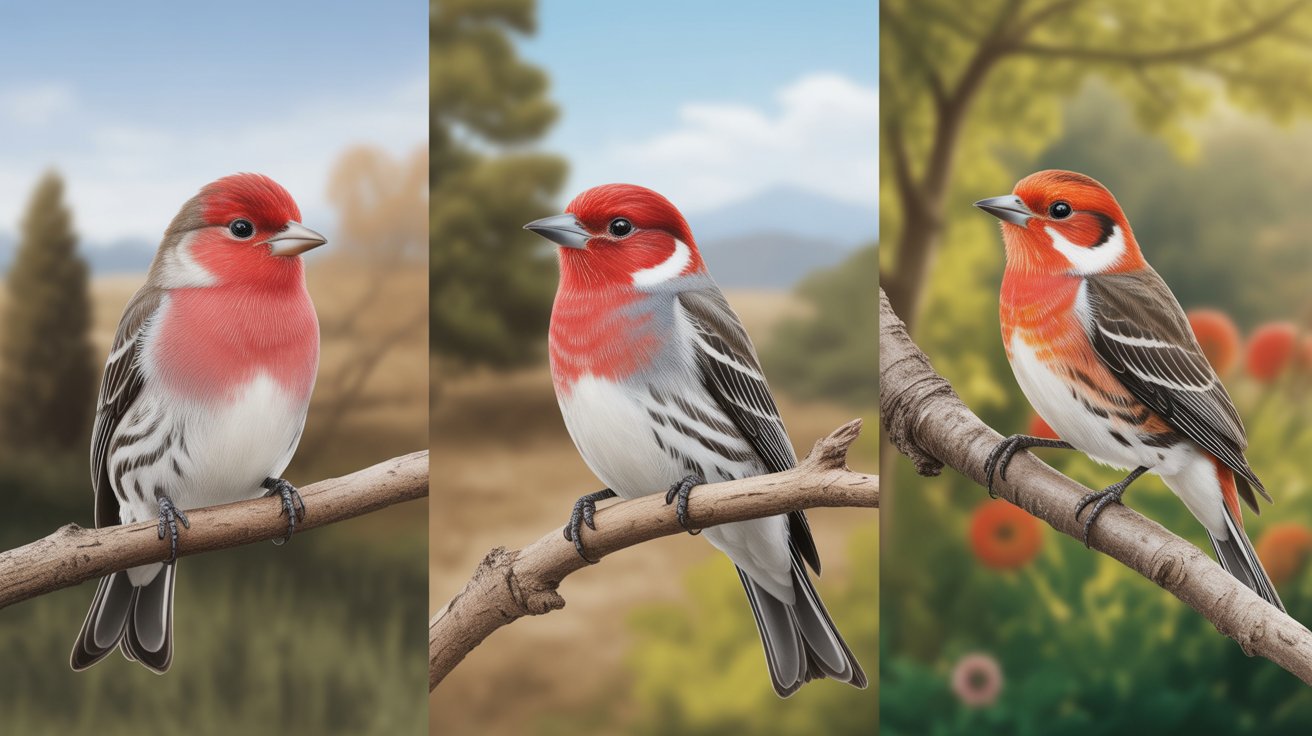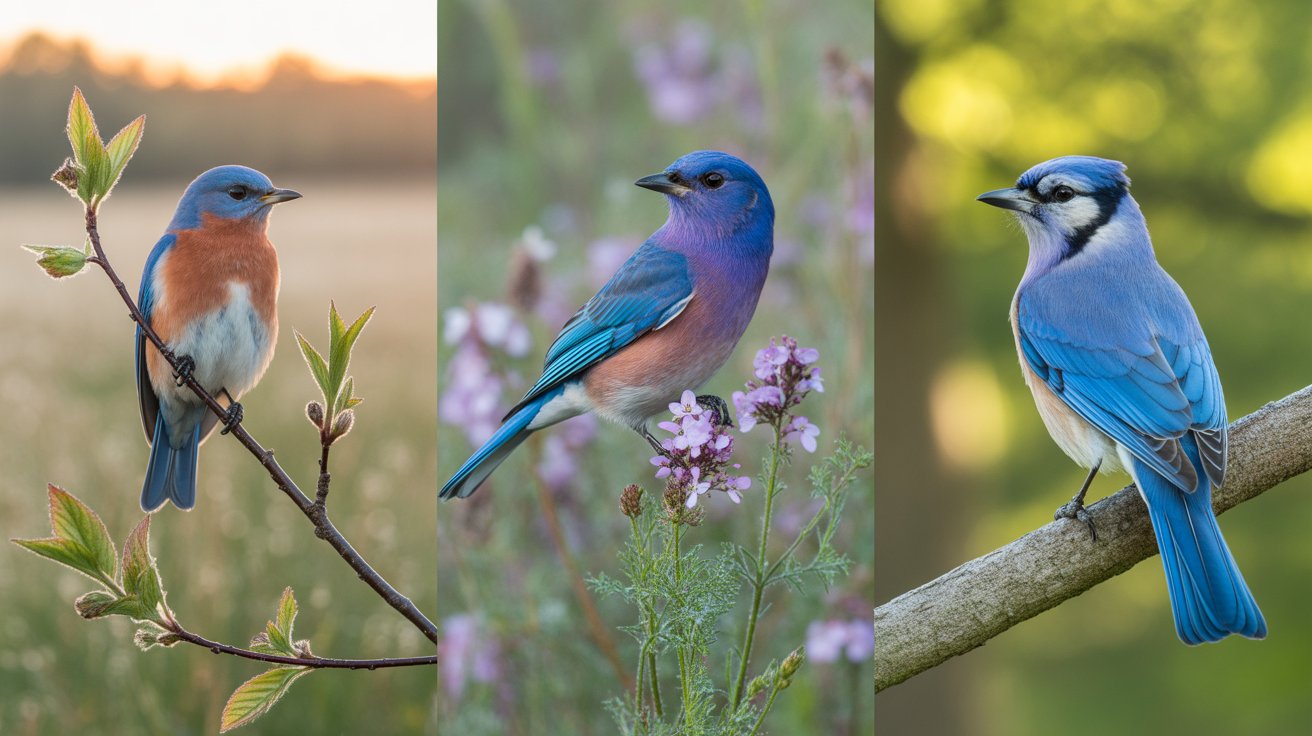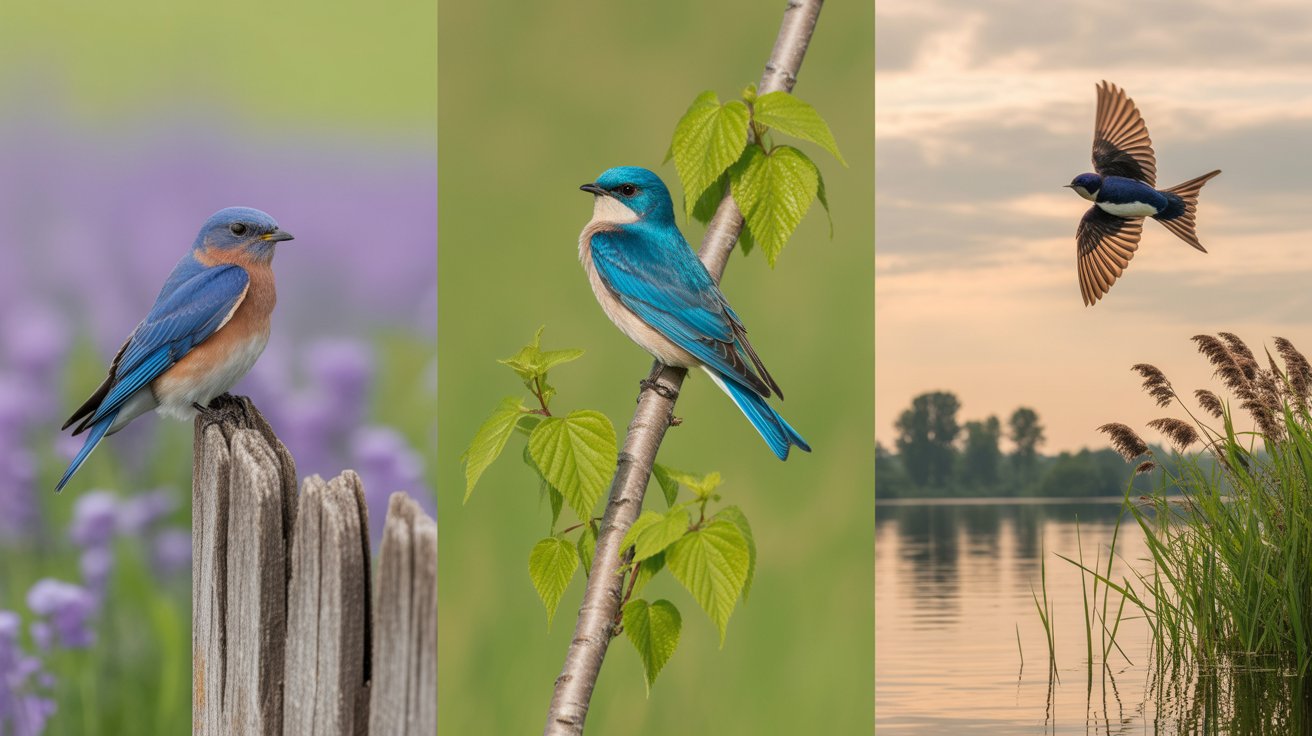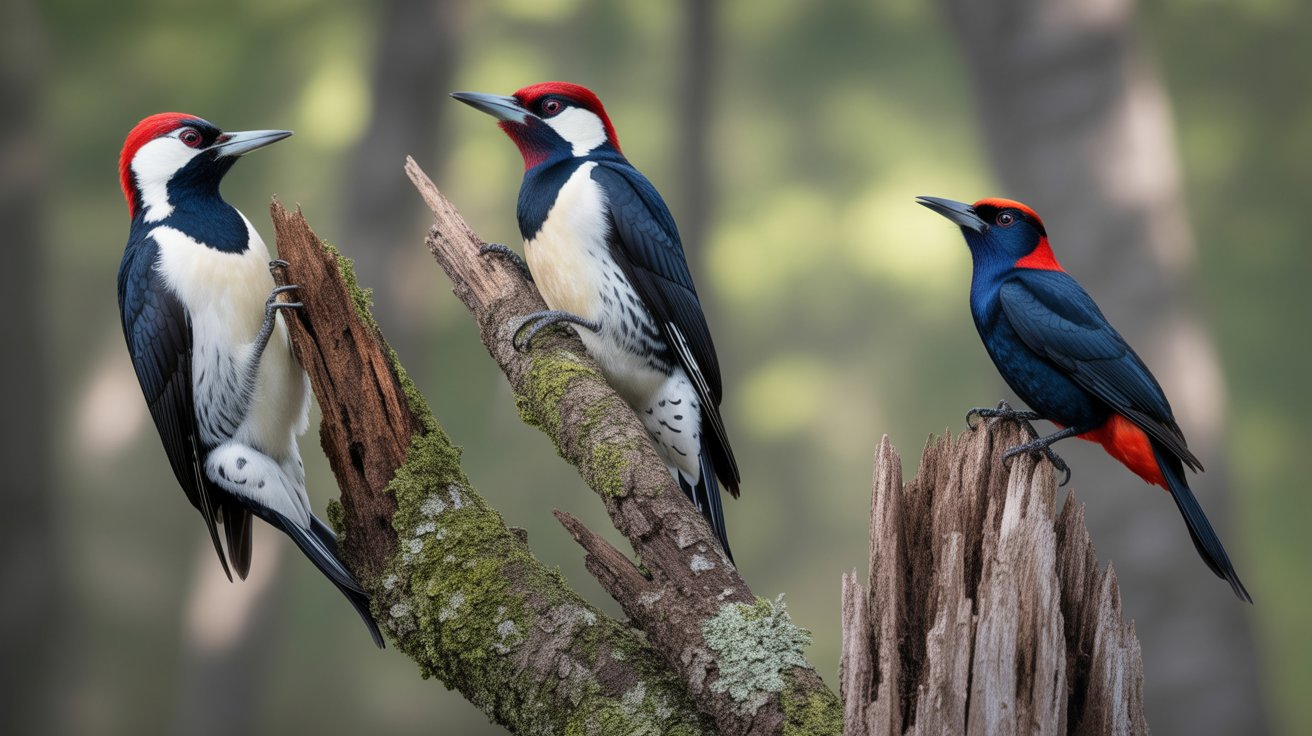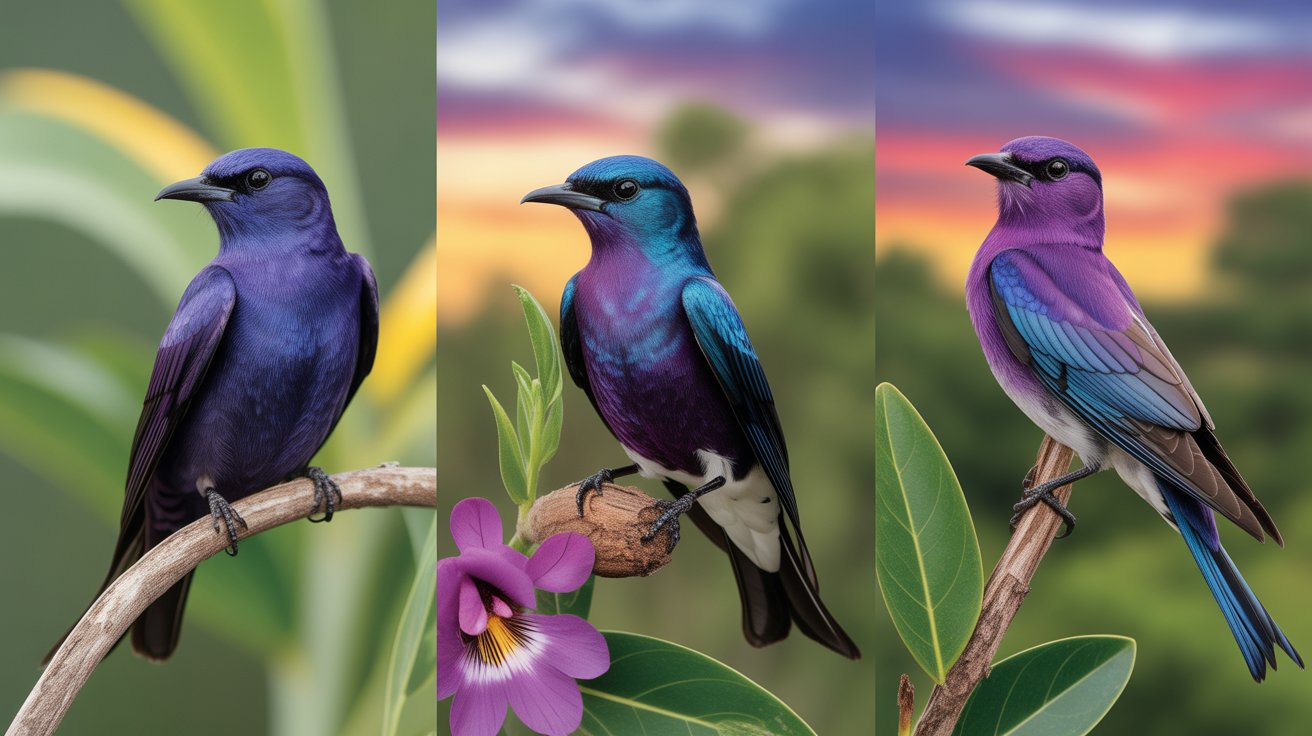Have you ever come across a bird so stunning that it instantly takes your breath away? The Abyssinian crimsonwing might just be that kind of bird for you. Found across the lush highland forests of East Africa, this small but vibrant finch is a treasure trove of beauty and intrigue. Whether you’re a birdwatcher, nature enthusiast, or just someone curious about the wonders of the avian world, this bird is sure to capture your attention.
With its vivid crimson plumage and soft green wings, the Abyssinian crimsonwing looks like a living gem flitting through the trees. But there’s more to it than just good looks. From its unique calls to its elusive nature and interesting behaviors, there’s a whole world to explore about this bird.
In this article, you’ll learn everything you need to know about the Abyssinian crimsonwing—from its scientific classification and physical features to where it lives, what it eats, how it behaves, and what makes it so special in the wild. Whether you’re creating a birding checklist or just expanding your knowledge, this guide will give you a complete picture of this beautiful species.
Let’s dive into the world of the Abyssinian crimsonwing.
Abyssinian Crimsonwing: A Colorful Beauty of the African Highlands
Scientific Classification
To start, let’s look at how the Abyssinian crimsonwing is scientifically categorized:
- Scientific Name: Cryptospiza salvadorii
- Family: Estrildidae (Waxbills and Allies)
- Order: Passeriformes
- Genus: Cryptospiza
- Common Names: Abyssinian Crimsonwing, Salvadori’s Crimsonwing
This bird belongs to the waxbill family, a group known for their small size, strong bills, and often colorful plumage.
Physical Description
The Abyssinian crimsonwing is a small, striking bird that stands out even among its vivid relatives.
- Length: Around 11–12 cm (4.3–4.7 inches)
- Wingspan: Approximately 15–17 cm (5.9–6.7 inches)
- Weight: Roughly 11–14 grams (0.4–0.5 ounces)
What immediately grabs your attention is the deep crimson color of the male’s head, underparts, and tail. The wings and back are olive green, creating a dramatic contrast. Females are duller in color but still carry red on the tail and flanks.
Their beaks are short and conical—perfect for cracking seeds. The eyes are typically dark brown to black, adding to their piercing gaze. They do not have a crest, but their compact, rounded bodies give them a sleek and tidy appearance.
Habitat and Distribution
The Abyssinian crimsonwing is a highland forest specialist, preferring dense, moist environments.
- Regions: Found in eastern Africa, specifically in Ethiopia, South Sudan, Kenya, and northern Uganda.
- Altitude: Typically inhabits elevations between 1,500 and 3,200 meters (4,900–10,500 feet).
- Habitat: Dense montane forests, forest edges, and bamboo thickets.
You’re most likely to spot them in thick vegetation near streams or within lush green patches of African highland forests. They’re shy and secretive, which can make them a challenge to observe in the wild.
Behavior
Despite their vibrant appearance, Abyssinian crimsonwings are elusive birds. They often stay low in vegetation and dart away quickly if disturbed.
- Social Structure: Often seen alone or in pairs, though occasionally in small family groups.
- Activity: Active during the day (diurnal), especially in the early morning and late afternoon.
- Calls: Their soft, high-pitched call sounds like a faint “tsee-tsee,” making them more often heard than seen.
They spend much of their time foraging in the undergrowth, hopping among leaf litter and branches in search of food.
Diet
These birds are primarily granivores, which means seeds are their main food. But they’re also known to eat other small items when available.
- Primary Diet: Grass seeds, bamboo seeds, and other small plant materials
- Occasional Foods: Small insects, spiders, and larvae—especially during the breeding season
Their strong, conical beaks are perfectly adapted for husking tiny seeds. Foraging is mostly done close to the ground, often in thick cover.
Breeding and Nesting
While details of their breeding habits are still not fully documented due to their shy nature, here’s what is known:
- Breeding Season: Typically coincides with the rainy season when food is plentiful
- Nesting Sites: Built in dense shrubs or low trees, often hidden within thick vegetation
- Nest Description: A small, domed nest made of grasses and leaves with a side entrance
- Eggs: Usually 3 to 5 white eggs per clutch
Both male and female participate in feeding the chicks. The chicks fledge after about 2–3 weeks but stay close to the parents for some time.
Interesting Facts About Abyssinian Crimsonwing
- Rarely Seen: Despite being fairly widespread in range, sightings are uncommon due to their secretive behavior and inaccessible habitats.
- Conservation Status: Listed as Least Concern by the IUCN, though populations are suspected to be declining due to habitat loss.
- Subtle Sounds: Their call is so soft that even nearby observers may miss it without careful listening.
- Diverse Diet: While seeds are their main food, their opportunistic feeding helps them survive seasonal changes.
- Colorful Dimorphism: Males are more vividly colored than females, a common trait in many finch species.
Frequently Asked Questions
1. Where can I find the Abyssinian crimsonwing?
You can find this bird in high-altitude forests of East Africa, particularly in Ethiopia, South Sudan, Kenya, and northern Uganda. They’re shy and often hidden in thick vegetation.
2. What makes the Abyssinian crimsonwing unique?
Its striking red plumage paired with green wings makes it visually distinctive. It’s also a very elusive species, often heard but rarely seen.
3. What do Abyssinian crimsonwings eat?
They mostly eat seeds, especially from grasses and bamboo. They also consume insects and spiders, especially when feeding chicks.
4. Are Abyssinian crimsonwings endangered?
No, they’re currently listed as Least Concern by the IUCN. However, habitat loss could pose a future threat to their populations.
5. How can I attract an Abyssinian crimsonwing?
It’s extremely hard to attract them as they live in remote montane forests. Unless you’re visiting their natural habitat, spotting one is unlikely.
Conclusion
If you’re ever trekking through the misty highlands of East Africa, keep your ears open and your eyes peeled—you might just catch a glimpse of the Abyssinian crimsonwing. While it may be elusive and shy, this small bird is a marvel of color and quiet beauty. Its brilliant plumage, unique habits, and forest-dwelling lifestyle make it a favorite among seasoned birdwatchers.
Getting to know this bird gives you a deeper appreciation for the diversity of life in Africa’s montane ecosystems. Whether you’re studying birds, exploring avian photography, or just fascinated by nature’s wonders, the Abyssinian crimsonwing is a reminder of the hidden treasures waiting to be discovered in the wild.
So the next time someone asks you about colorful birds of Africa, you’ll have quite the story to tell about this little red-winged gem.
